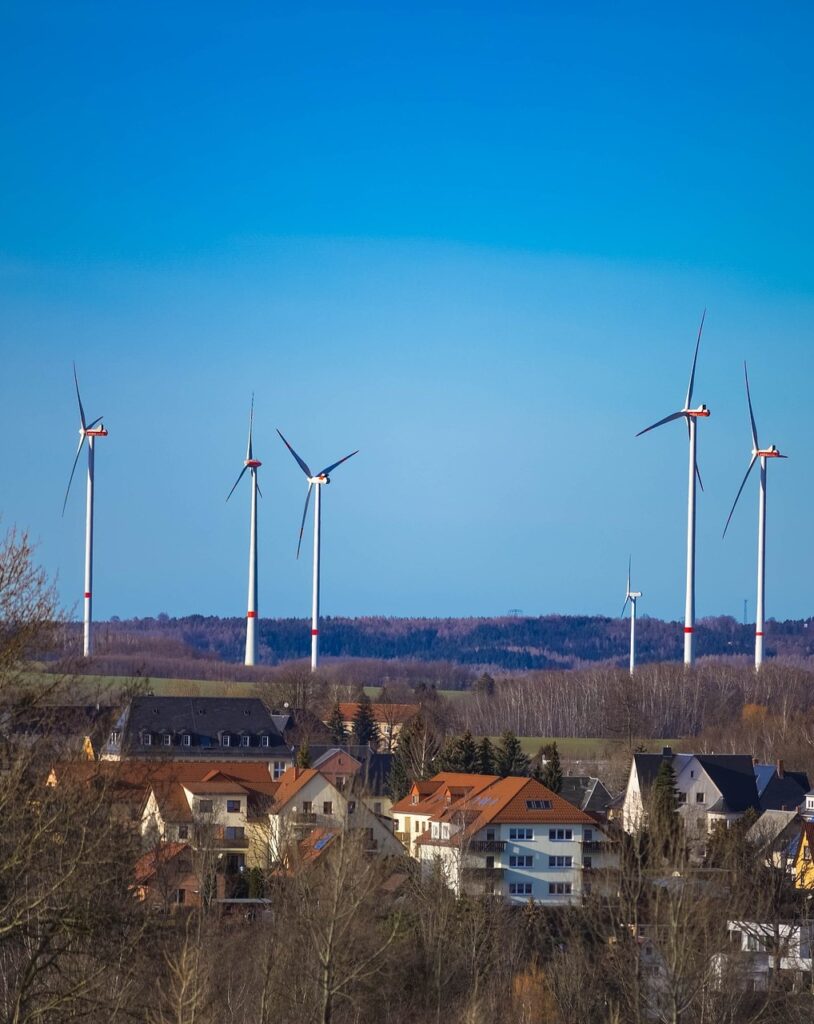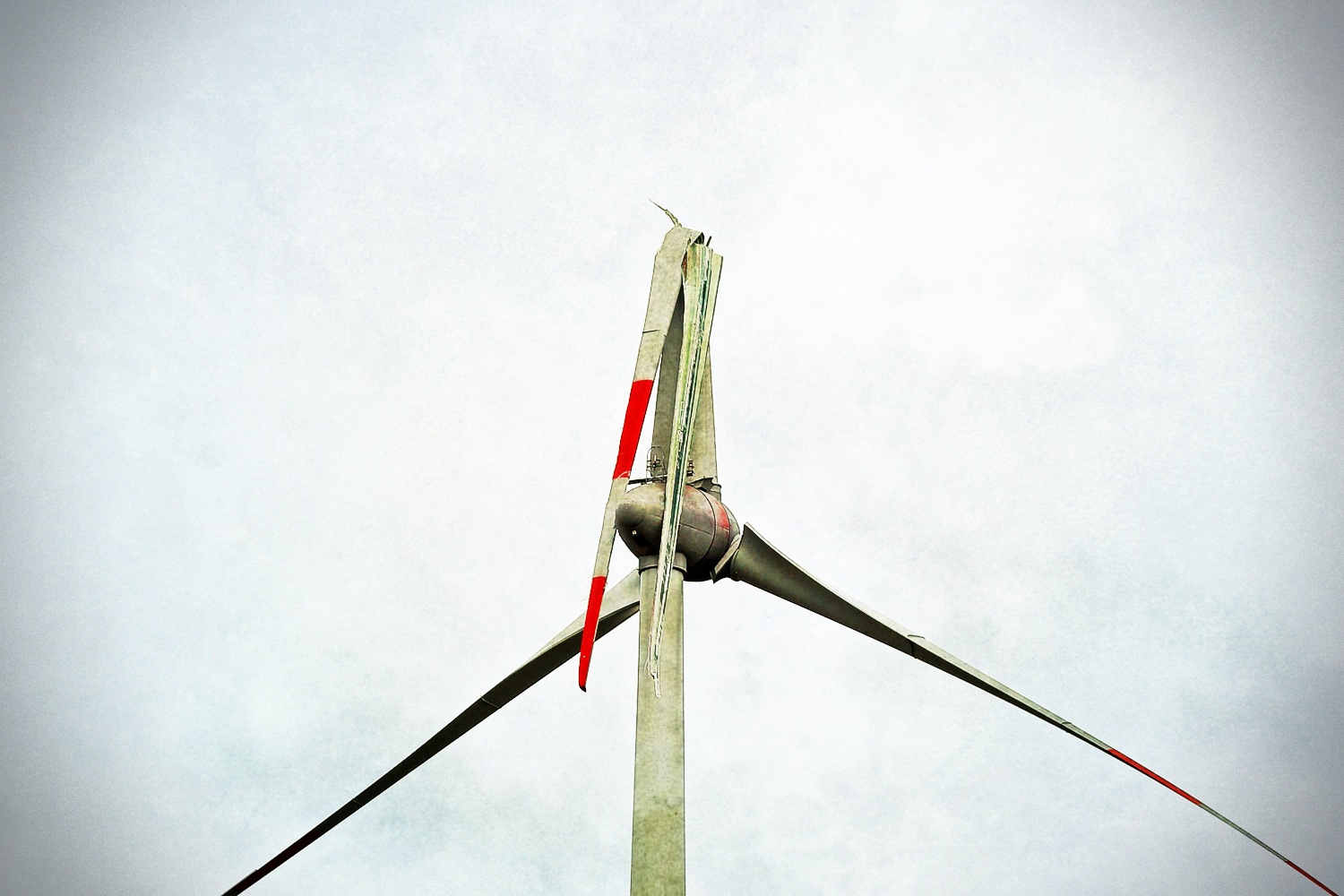With the end of a “pause” on approvals for renewable energy sources in Alberta, little comfort has come to rural communities slated for massive industrial wind turbines, at least outside of mountain ranges.1 Despite the overwhelming evidence of the complete failure of wind energy to deliver on typical cold Alberta winter days, or days when there’s no wind… the province is actually going to continue down the dark road that Ontario is just now emerging from.
Ontario and Germany’s Wind Disaster
Ontario’s Minister of Energy, Todd Smith, is taking a deliberate and public step away from the utterly failed wind endeavour in that province — a story that is being repeated in other countries, including turbine-inundated Germany. According to Smith, wind continues to cost that province 6 billion a year. In Europe, Dr. Jan Emblemsvåg, Ph.D, offers a similar grim conclusion of the Germans dunkelflaute — wind doldrums, or rather, lack of wind:
…the so-called green transition is a threat to the German economy, Germany’s industry, and population.
“The wind industry looks to Norway as Germany closes wind farms no longer profitable without subsidies”, November 18, 2021; Bergensia

Smith says the root of Ontario’s green energy disaster was “an ideological decision [by the former Liberal government] that was not based on sound science or looking at economic development. As a matter of fact, it drove 300,000 jobs out of our province.”2
One of the reasons jobs are lost, says Dr. Emblemsvåg, is that contracts to renewables that can’t deliver “destroys the economy for many others who eventually either close down or are no longer allowed to operate (such as the German nuclear power plants). The result is an energy system that is becoming more and more unstable and therefore more expensive.”
Ontario’s payouts were costing the province hundreds of millions leading incoming Premier Doug Ford to kill the Green Energy Act while declaring, “if we had the chance to get rid of all the windmills, we would.”3
The Green Energy Act… was incentivizing wind and solar projects across the province… also, giving those assets that are intermittent sources of electricity generation a priority-access to the grid, was really causing chaos on our electricity grid…. what it meant was a very unstable, unpredictable electricity grid.
Minister of Energy Todd Smith, Ontario, interview wtih Decouple, March 1, 2024; YouTube
Smith also joins the Premiers of Alberta and Saskatchewan in saying the “net zero” demands of the Federal Government are “impossible” to reach with renewables alone, and would come at an “enormous cost.” Instead, Ontario has decided to head down nuclear as an energy source.
When you compare what it would mean to replace nuclear with wind or solar or battery storage, it’s actually far, far more expense [for the latter] and it’s going to use up a lot more land.
—Ibid.
Politically Incorrect but Economically Smart
Alberta, on the other hand, is sitting on the third largest oil reserves on the planet. The infrastructure already exists to expand and employ natural gas, which is abundant, cheap and burns cleanly. Best of all, it’s there 24 hours a day, rain or shine. It should be a no-brainer that throwing away huge tracks of land, destroying pristine views, threatening bird, bat, and insect populations, driving down property values, and creating a health crisis for many animals and humans alike — by erecting unreliable wind turbines — is absurd economic and environmental policy.
Of course, this is heresy to the dangerous ideologues who occupy the seats of power in Ottawa. Natural gas produces “carbon emissions” that, they say, are going to destroy the planet. This is why we also publish articles on this website examining the science and evidence behind those claims, which are proving to be more fraudulent by the day.
Even if they were valid, does it make sense to start destroying the planet with other technologies in order to save it?
Wind Concerns is not opposed to other options such as nuclear either. And we are well aware of the early environmental sins of oil that the province is still cleaning up. But any path the province takes has to be well-thought out, driven by common sense, safety, and devoid of dangerous ideology. As it stands, going down the path of industrial wind factories is yet another disaster in the making, a lesson we ought to be learning from Germany and Ontario.
Or it’s just planning to fail.
Mark Mallett is a former award-winning reporter with CTV Edmonton and an independent researcher and author. His family homesteaded between Vermilion and Cold Lake, Alberta, and now resides in the Lakeland region. Mark is Editor in Chief of Wind Concerns.


